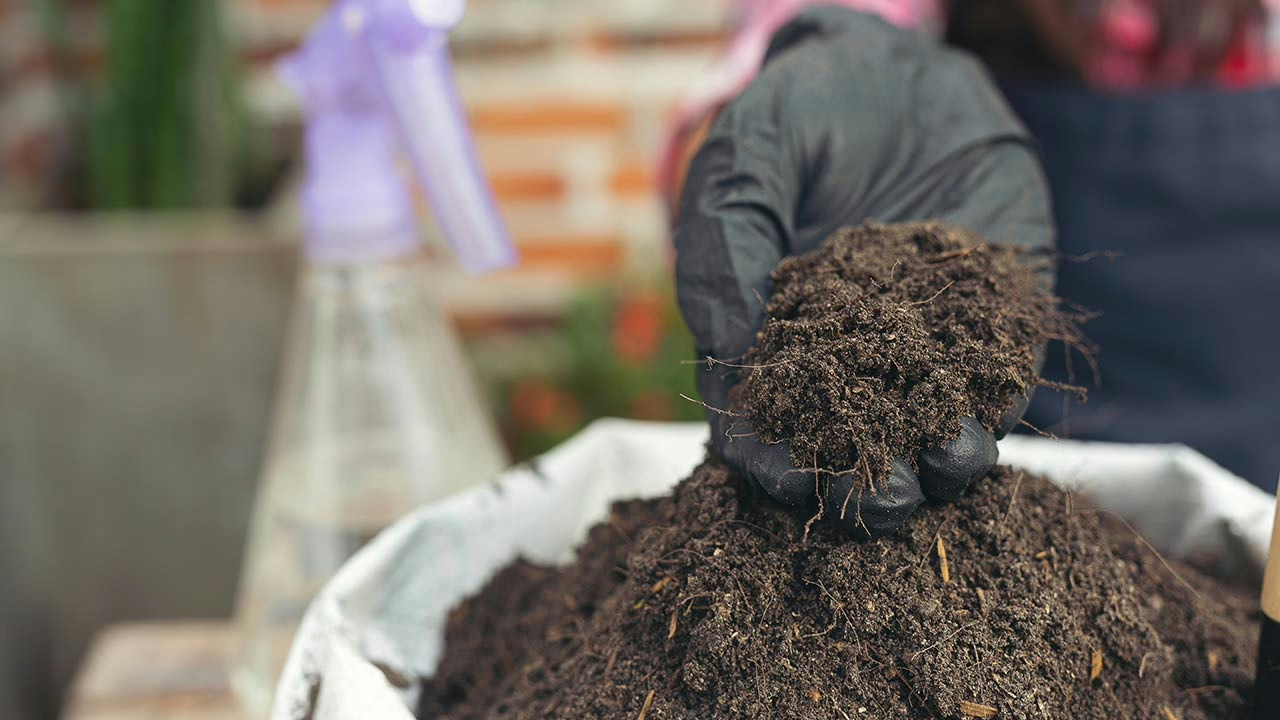Soil’s Chemical Composition Impacts Levels of CBD, THC and Terpenes
Summarize

A study conducted by researchers at the Penn State College of Medicine found that soil conditions and hemp plant cultivar impact CBG and thus CBD and THC formation, as well as terpene concentrations. This has a direct impact on the content of hemp plant extract.
Two hemp cultivars were grown and harvested in similar outdoor environments but in soils prepared differently. The focus was on identifying the factors that influence the conversion of CBG into CBD, THC, and CBC, as well as the concentration of terpenes. The results reported that differences in soil conditions and cultivars impact the biosynthesis of compounds in various ways, with implications for industrial hemp farmers.
Published in the Journal of Medicinally Active Plants, the study compared two cannabis cultivars: Tangerine and CBG Stem Cell. They were grown separately with and without cover crops (4 fields in total). The two fields with cover crops were no-till fields, while the two fields without cover crops were tilled soil fields.
Comparing the hemp extracts of each cultivar in each type of soil – with and without cover crops – revealed significant differences in the concentrations of cannabinoids and terpenes.
• Tangerine cultivar grown in the tilled soil produced CBD levels that were 1.5 times higher compared to the plants grown in cover crop soil.
• The CBG Stem Cell cultivar produced twice as much CBD in the cover crop field compared to the plants grown in the tilled soil.
• The level of CBG, the precursor cannabinoid, was 3.7 times higher in the plants grown with cover crops (no-till).
• THC was six times higher in plants grown in tilled fields (no cover crop).
• CBD levels were six times higher in plants grown in tilled fields.
• The highest CBC level was found in CBG Stem Cell hemp grown in a cover field.
Soil is an ecosystem of biological life that includes fungi, microbes, minerals, and organic matter. Farming practices that involve cover cropping and no-tilling can improve the biological makeup of the soil, enhancing the biological compounds that feed plant roots.
This study adds the plant’s chemical composition to the factors affected by soil. The authors wrote,
“This is the first study to show differences in extract composition of outdoor cultivated hemp grown in different soil conditions.”
Further research is needed to determine the enzyme levels that contribute to the conversion of CBG into CBD, THC, and CBC. The biosynthesis of cannabinoids also affects terpene content because it shares common precursors.
This is an essential study because industrial hemp farming is an expanding industry, leading to more small processing, manufacturin,g and retailing. Having scientific data that guides optimum soil conditions for growing high-producing hemp plants supports economic growth through efficient production.
Share this post


0